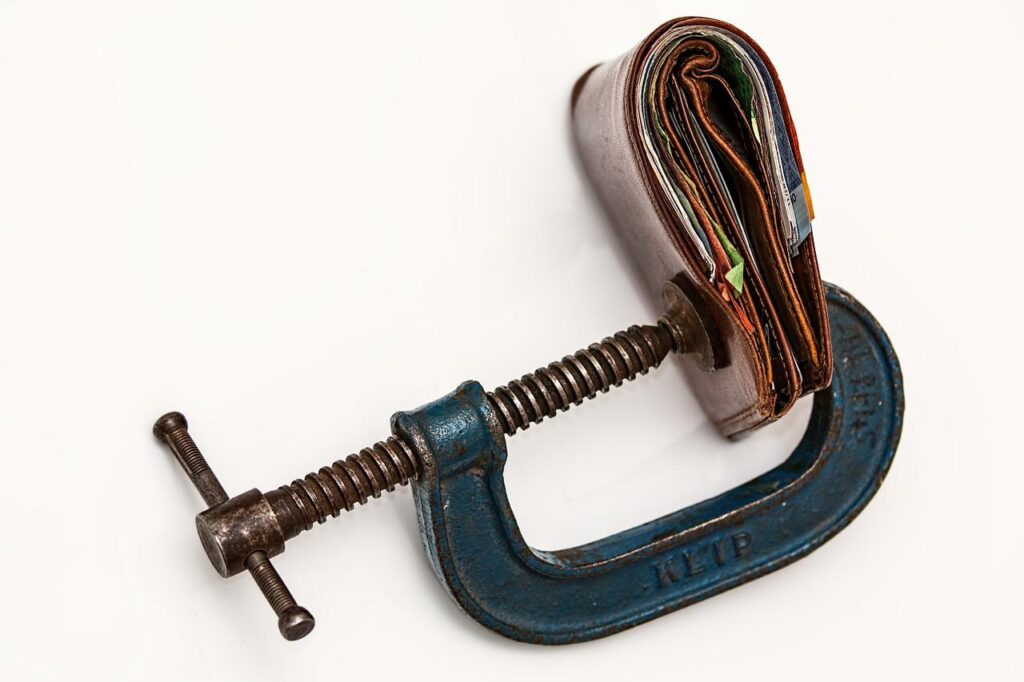Federal Reserve’s Economic Strategies Have Not Helped Inflation?
The Federal Reserve has been raising interest rates to get a handle on inflation, however, economists say the strategy takes time to take effect which is why costs from consumer goods to housing remain highly elevated.
This article is more than 2 years old
The Federal Reserve has been employing strategies to cool down the rate of inflation, but economists are concerned that it isn’t enough for most Americans to feel any relief. The Fed has raised its benchmark interest rate five times in 2022, but it takes time for these and other measures to have any real effect on the economy. These aggressive hikes are some of the most aggressive policy moves the Fed has made since the 1980s.
“Inflation has kind of become like a cancer,” said Christopher S. Rupkey, chief economist of FwdBonds. “It started in one area of the economy, and now it’s spread rapidly, infecting other areas of the economy. … and it’s spreading to services, where it’s going to be much more persistent, much more stubborn, much more difficult to bring those prices back down.”
Excluding energy, the core change in price for services saw its highest monthly gain in three decades, increasing 0.8% in September from the previous month. The cost of shelter rose 0.7% in September, bringing the annual rise in housing costs to 6.6%. “They’ve won a battle against inflation here, but they’re in danger of losing the war,” Rupkey said.
Inflation rose more than expected in August and September. August showed a year-on-year increase of 8.3% and September’s year-over-year increase had only fallen a tenth of one percent, at 8.2%. This is according to the Consumer Price Index which measures the way prices rise or fall for a set basket of consumer goods and services.
Most Americans are already well aware of how much more they’re paying each week at the grocery store. Measured on an annual basis, food is up 11.2% from last September, a figure that falls just below the 43-year high of 11.4% reported in August. One of the highest rises in food costs has been for poultry, fish and meat, up 13.8% over last year.

There is also a Core Consumer Price Index that removes the highly fluctuating food and energy categories. Even it measured a 6.6% increase in its September year-over-year figure, elevating it to a level unseen since August 1982. All of these rising costs have triggered a market meltdown over fears that relentless inflation is going to result in more aggressive actions from the Federal Reserve.
Gas prices dropped 4.9% in September, causing a small sigh of relief. However, the year-over-year rise compared to last September has Americans paying nearly 20 percent more for gas than we did last fall. Year-over-year price increases are also significant for other measured goods, including consumers paying 7.2% more for used cars and trucks and 10.1% more for furniture.
Because fuel costs influence the cost of virtually everything consumers buy, the effects are felt far beyond any minor drop in cost at the pump. Additionally, fuel prices will likely rise again soon due to the uncertainty over Russia’s war in Ukraine and OPEC’s decision to cut oil production by two million barrels per day. This reduction represents around 2% of global oil demand and will drive prices higher just before the U.S. midterm elections—something President Biden tried to avoid.
U.S. central bankers are scheduled to meet in November, but before then, numbers will be out on the Fed-preferred Personal Consumption Expenditures Index. This is another gauge used to measure the prices consumers pay for goods and services and its August year-over-year reading rose by 4.9%. Although no one knows for sure what the Fed will do next, some economists are predicting another rate hike that could send the economy into a deeper recession.




